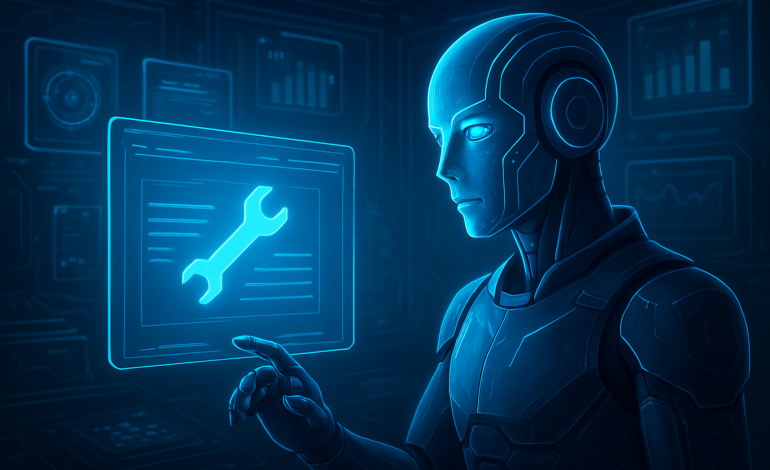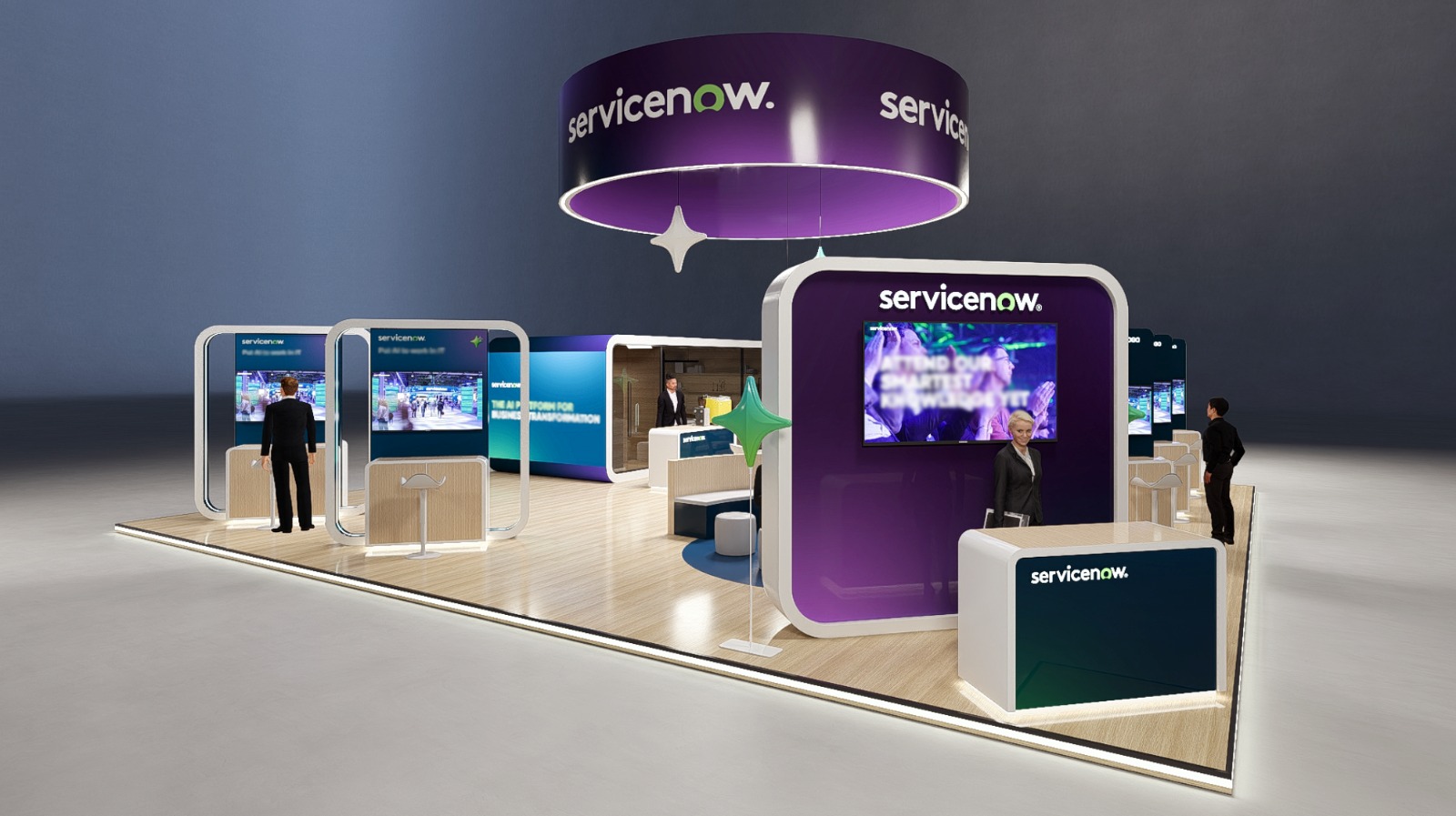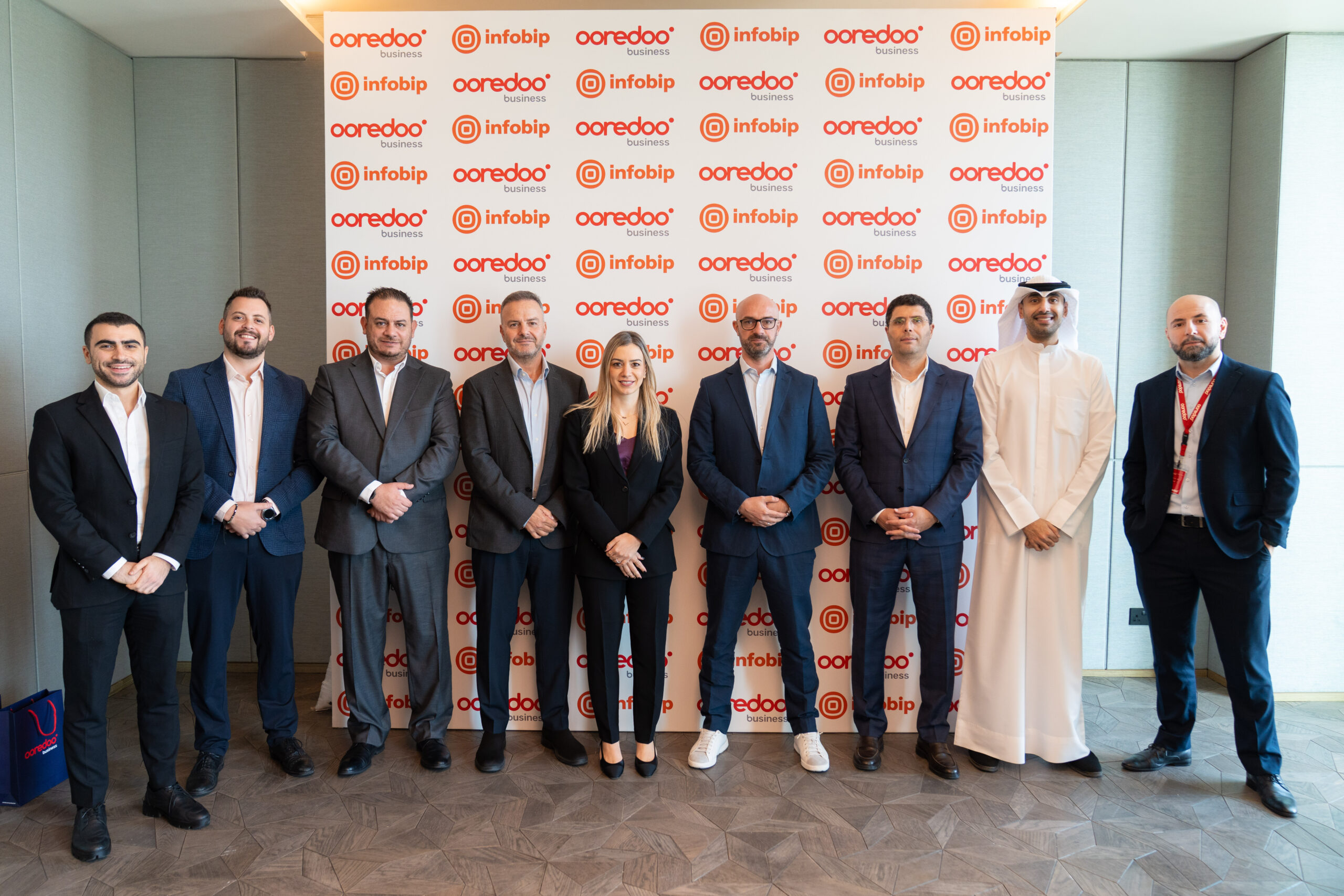Exclusive: 5 steps for CIOs to transform IT maintenance into resilience

It may seem paradoxical, but what if I told you that the very ambition powering the Middle East’s most dazzling digital achievements is a force that could threaten the future of those achievements? National artificial intelligence (AI) strategies, world-first smart cities, and region-wide digital transformation agendas are rightly celebrated.
Yet behind these showcase projects lies a quieter risk: the neglect of IT maintenance. For all the glitter of the bleeding edge, it is often the smallest, most mundane gaps, that slowly undermine resilience. Sure, we’ve seen major corporations implode virtually overnight, but the more worrisome reality is that most that face turmoil are victims of death by a thousand cuts.

Technical debt, in this context, is the accumulation of shortcuts, rushed fixes, and neglected systems. It rarely makes headlines, but it steadily drains budgets, weakens performance, and erodes trust. And in the Middle East, where ambition is unmatched, the scale of potential risk is equally outsized.
by Kevin Kline, technical evangelist (databases), SolarWinds
A regional paradox
The challenge is amplified by regional nuances. In a culture that looks resolutely to the future, new projects are celebrated. Stable operations, on the other hand, are simply what’s expected. Younger demographics and transient expat workforces mean deep familiarity with legacy systems is harder to sustain. The rise of AI is shifting perceptions even further. In a narrative where machines are expected to free humans for “higher-value” work, maintenance is rarely considered, despite being the very foundation that enables higher-value innovation to succeed.
The paradox is stark: the more the region pushes into uncharted digital territory, the more fragile those advances become if the underlying foundations are not cared for.
Reframing maintenance as strategic resilience
For CIOs and senior technology leaders, the task is not simply to allocate more resources to maintenance. It is to elevate it as a core component of resilience and competitiveness. Here are five ways to start reframing the conversation, addressing practical realities IT teams in the region know all too well.
1. Institutionalise system reviews
Think of the last time an organisation discovered that critical systems were running on outdated versions of software. It’s likely this happened long after vendor support had ended. Often, these discoveries happen in a crisis.
Regular system reviews, much like financial audits, prevent such issues. They surface hidden vulnerabilities and ensure systems are still aligned with business goals. For IT teams, this means uncovering “forgotten” databases, dusty APIs, or unpatched servers before they escalate into costly disruptions.
2. Automate for consistency
Given the scale of the region’s expat workforce, staff turnover is often high, which makes reliance on individual expertise risky. Automation embeds consistency. For instance, automating deployment processes means new features are released in the same way every time, regardless of who is on the team. Automated monitoring detects performance issues early, such as memory leaks in applications or database queries slowing under peak loads, and alerts teams before end-users are affected. Automation is not just efficiency; it is insurance against knowledge gaps.
3. Balance novelty with risk
Middle Eastern enterprises are eager adopters of the newest tools, from Generative AI (GenAI) chatbots to cloud-native architectures. But too often, the “shiny” is prioritised over the stable. IT leaders should apply risk frameworks to weigh the long-term maintenance burden of adopting technologies too early. Consider how many “next big thing” platforms have been quietly retired within a few years, leaving behind integration headaches. Balancing ambition with due caution ensures innovation does not turn into a legacy liability.
4. Document for continuity
Every IT leader has faced the nightmare of troubleshooting undocumented systems. Was that unusual data flow intentional or just a workaround? Why was XML used in one place when JavaScript Object Notation (JSON) was the standard everywhere else? In transient workforces, these gaps compound quickly. Documenting decisions, architectures, and processes creates organisational memory. Done well, it shortens onboarding, speeds up troubleshooting, and prevents the costly reinvention of past mistakes.
5. Make monitoring proactive
Far too many enterprises only react once systems fail. But in sectors where downtime is unacceptable—think banking, aviation, or government e-services—proactive monitoring offers a constant pulse check. For example, IT teams tracking rising latency in payment systems can resolve bottlenecks before customers ever notice. Leaders should view monitoring not as a cost centre but as a mechanism for safeguarding trust, reputation, and continuity.
The cultural shift required
Perhaps the bigger shift needed is cultural. Maintenance teams are often viewed as less glamorous than their innovation-focused counterparts. Yet they are the custodians of continuity, ensuring that the spectacular projects making headlines today continue to shine tomorrow.
This cultural duality, celebrating both the new and the preserved, is already visible in the region. Consider Al-Ula in Saudi Arabia, where the Maraya Concert Hall, clad entirely in mirrors, reflects the ancient desert landscape around it. Here, the old and the new do not compete; they reinforce one another. Or take Dubai’s careful preservation of the Al Fahidi Historical Neighbourhood, sitting alongside its futuristic skyline. These examples demonstrate that preservation and innovation can coexist and thrive together. IT leaders would do well to adopt the same mindset within their organisations.
The bottom line
Technical debt is not a dramatic, single point of failure. It is the slow bleed of countless small compromises. Each workaround, each undocumented decision, each deferred patch is another cut. Individually manageable, but collectively debilitating.
The Middle East’s digital future depends not only on bold ambition but also on the unglamorous discipline of care. By reframing maintenance as strategic resilience, enterprises can halt the thousand cuts, safeguard their bleeding-edge innovations, and build systems as enduring as the cultural and architectural legacies the region is renowned for.








